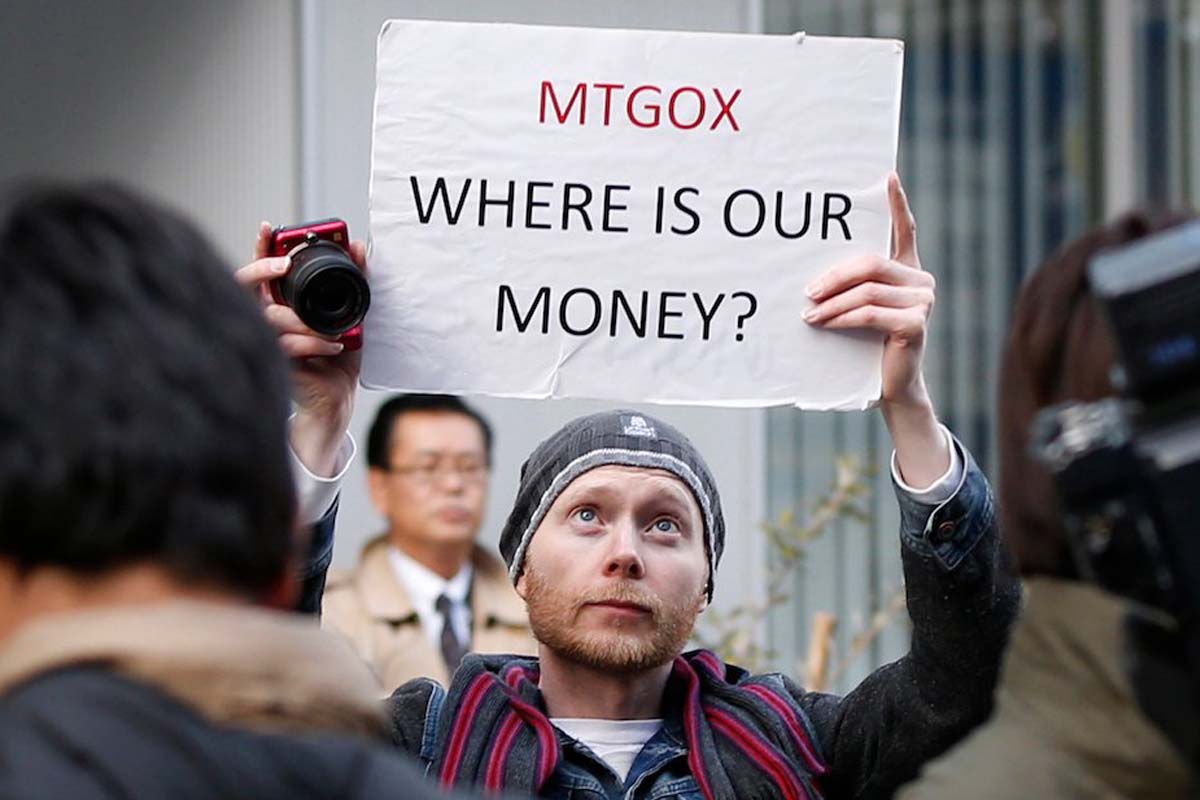Stripe’s Revives Crypto Payments with Stablecoin Integration
President Jack Collison announced its re-entry in the crypto sphere, where Stripe users will be able to pay with USDC beginning this...

Despite the fact that the crash of Mt. Gox initially happened in 2014, the door to the issue is still not closed yet.
The company has issued a public statement noting that deadline for creditors has now closed. The former crypto exchange has been working on repayments since 2020, with a system put in place for creditors to claim back funds lost in the crash. The latest statement was released in conjunction with its rehabilitation trustee Nobuaki Kobayashi. In the notice, it states that the base repayment, intermediate repayment and early lump-sum repayments will be carried out until the end of October 2023. This could be extended if the Tokyo District Court grants Mt. Gox permission.
Mt Gox’s note also stated that Nobuaki Kobayashi would carry out any and all preparations needed to make the repayments. This includes confirmation of elections for repayments and sharing relevant information with banks, financial service providers, crypto exchanges or any other relevant party. As a result of this information gathering and sharing, the repayment process might take some time.
Mt. Gox was one of the earliest and largest cryptocurrency exchanges. It was based in Tokyo, Japan and quickly became the world’s leading exchange at the time. In 2013, Mt Gox was handling over 70% of all Bitcoin transactions.
In 2014, the exchange revealed that it had been hacked, losing 850,000 Bitcoin in the attack. At the time, this was worth approximately $450 million. It declared bankruptcy and had to suspend all trading activity. It’s noted as the largest Bitcoin theft in history, marking a significant impact on the cryptocurrency market at the time. It still stands as the biggest crash in Bitcoin history, despite the FTX crash recently.
The crash caused a major shockwave in the cryptocurrency community. The attack led to widespread skepticism and distrust in cryptocurrency exchanges at the time. Within a matter of weeks, Bitcoin price dropped from trading over $1,000 to just below $400.
Following the crash, the cryptocurrency space faced widespread regulatory scrutiny. Institutions, crypto firms, and exchanges were put under a microscope to improve security measures and prevent future hacks. The crash also led to the creation of new exchanges that sought to address the issues that led to the Mt. Gox crash, such as lack of transparency and inadequate security measures.
President Jack Collison announced its re-entry in the crypto sphere, where Stripe users will be able to pay with USDC beginning this...
S&P Global shared a research proposal introduced to the Senate outlining Payment Stablecoin Act that could encourage banks in the US.
Finland has integrated two Bitcoin mines with district heating facilities enabling heating homes while mining BTC.
According to PayPal’s Blockchain Research Group, it wants to designate green miners and reward them with additional Bitcoin.